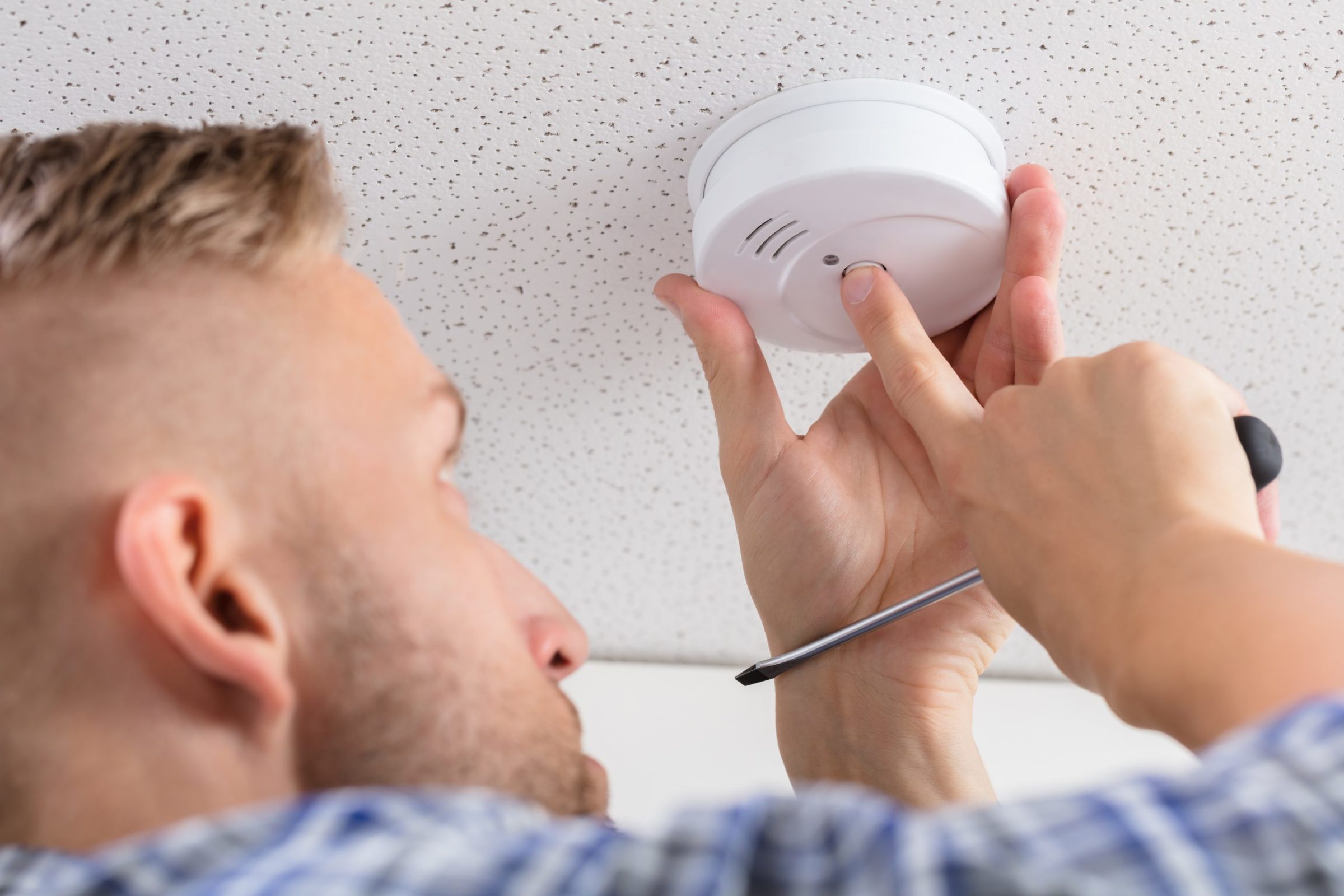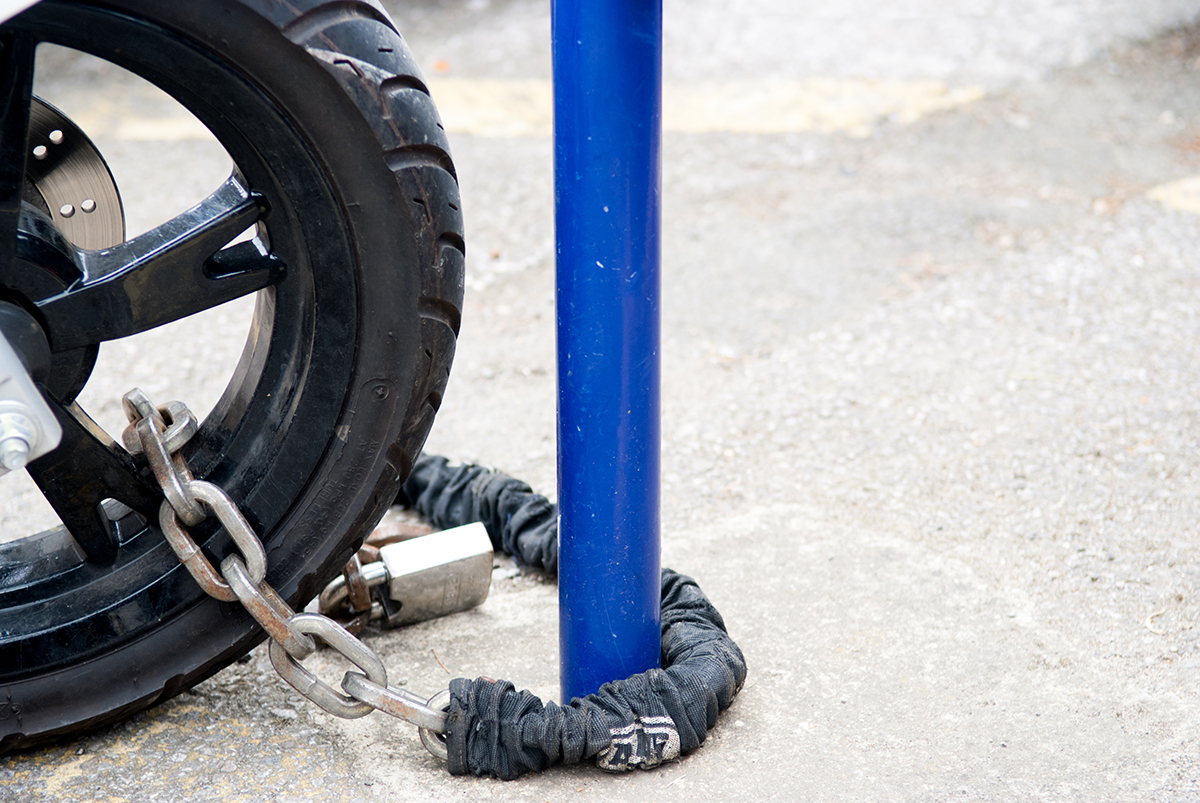At Rescu, we’re a family-owned and operated business, and we believe that home is where the heart is. In recent months, the home has become a source of refuge for many of us. But as we spend more time indoors, invisible production of carbon monoxide are more likely to cause trouble to you and your loved ones. If you’re like most homeowners, you understand the life-threatening risk of this colorless, orderless, and tasteless gas. But even still, it’s easy to say to yourself: “That will never happen to me.”
While that’s a completely normal thought process, it’s important to remember the nature of emergencies. These situations often happen when we least expect them to, which makes it all the more important to have a system in place to protect you and your family if the worst should happen.
Today, we’ll show you how building a home security system that includes protection from carbon monoxide is easy to do. Let’s have a look at the home safety checklist you can make to keep you and your loved ones safe.
1. Know Your Danger Zones
Anything in your home that burns gas, coal, charcoal, propane, or wood can produce carbon monoxide. These sources include furnaces, water heaters, fireplaces, space heaters, cars, and even barbeque grills. There’s no need to be overly fearful of these potentially hazardous areas, but it’s best to inform yourself how they may contribute to carbon monoxide production in your home.
Ensure that every household resident who uses these conveniences knows how to use them properly and turns them off after every use to reduce risk as much as possible. As long as you remember to stay aware, you can curl up in front of the inviting warmth of your fireplace this winter without having to think twice about carbon monoxide.
2. Install Carbon Monoxide Detectors
The Department of Housing and Urban Development (HUD) has recommended installing carbon monoxide detectors in all dwellings. Battery-powered carbon monoxide detectors go hand in hand with your trusty smoke alarms.
For optimal home safety, install one alarm per floor in your home so you can hear it whether you’re sleeping in your upstairs bedroom or watching the big game in the living room with the whole family. It’s essential to place them near products that could leak carbon monoxide, but be careful not to put them within 15 feet of the appliance to avoid false alarms.
When you hear your carbon monoxide alarm, and you’re unsure of the source, do not investigate. If you do happen to know the source, turn it off and leave the area. It’s crucial to evacuate your home immediately and contact emergency services using the Rescu app.
There may not be a risk of explosion, but carbon monoxide accumulates in your blood. The longer you’re exposed, the longer it will take to rid your body of its effects. Once you’re in a safe, well-ventilated area, call a qualified technician before restarting the device. We’ll cover how to spot the subtle signs of carbon monoxide poisoning further down the list.
3. New Batteries in Your Carbon Monoxide Detectors
Anything battery-powered is bound to run out of juice at some point. But running out of batteries in your carbon monoxide detector could be a matter of life or death. Try not to rely on your device to let you know when it’s time to change out the batteries. Create a regular schedule to replace them to give yourself peace of mind. Many people find it helpful to track this in their calendars or time exchanging batteries with a change in seasons.
Is it time for spring cleaning? While you’re dusting the floorboards behind your furniture, changing the filter in your air-conditioning unit, or storing away your winter shoes, consider picking up a fresh set of batteries to keep your carbon monoxide alarm alert and ready to go. It’s a simple task that can help protect you and your home for the coming months. Make sure to replace them every six months to keep them fully functional throughout the year.
4. Car Exhaust Fumes
Never leave your car’s motor running while it’s in the garage or parked within 20 feet of an open window. An idling car is bad news for the environment, bad news for your freshly painted garage wall, and bad news for your health. Don’t leave your garage out of the list of places where a well-placed carbon monoxide detector could save a life. Additionally, have the wall between your home and garage sealed professionally to avoid carbon monoxide leaking into living spaces.
Furthermore, when you leave the house and take a trip to the supermarket, think twice before leaving anyone in the car with the motor running. Carbon monoxide is a silent trespasser, and a parked car is its favorite place to invade. Don’t take any chances with the ones you love.
5. Call the Professionals
Is DIY your favorite way to add a personal touch to your humble abode? While you can learn how to retile your bathroom via a YouTube video, it’s best to call in the professionals when dealing with home security and safety. Have a qualified technician service your home and water heating systems annually. If you’re lucky enough to have a fireplace or wood-burning stove, have your chimney swept every year. If you can’t remember the last time you had these services done, schedule them to be ready for a cozy holiday season. This simple precaution will keep you safe from the dangers of both fires and carbon monoxide.
6. Know the Signs of Carbon Monoxide Poisoning
When carbon monoxide builds up in the air, the oxygen inside your red blood cells is replaced with carbon monoxide. This internal malfunction can damage tissue, and in some cases, be fatal. Symptoms of carbon monoxide poisoning may include the following:
- Dull headache
- Muscle weakness
- Nausea (or even vomiting)
- Blurry vision
- Confusion
- Loss of consciousness
- Accelerated heart rate
If you or someone you love is experiencing some of the subtle warning signs of carbon monoxide poisoning, it’s vital to get them into the fresh air and contact emergency medical care. In intense moments of potential danger, it’s important to take safety into your own hands with a personal emergency response device such as the Rescu app.
How can Rescu Help?
Rescu makes it easy to help a loved one in an emergency even if you’re not nearby. You can set the Rescu app to relay all vital information at the touch of a button. It can automatically notify multiple family members to keep them in the loop. There is no talking required, making it ideal for those who are deaf or hard of hearing. In an acute case of carbon monoxide poisoning, you may not be able to focus well enough to explain the situation to a 911 dispatcher. With the Rescu app, that’s not a problem. Just tap twice to dispatch certified emergency responders.
While most life alert systems have limitations, Rescu offers an alternative medical device option that can be invaluable to those needing fire, EMT, and police services. And, of course, it protects your home from invasion by silent intruders like carbon monoxide. The Rescu app is simple to use and free to install, with surprisingly affordable subscription rates. It’s designed to save lives and priced to protect your wallet.



